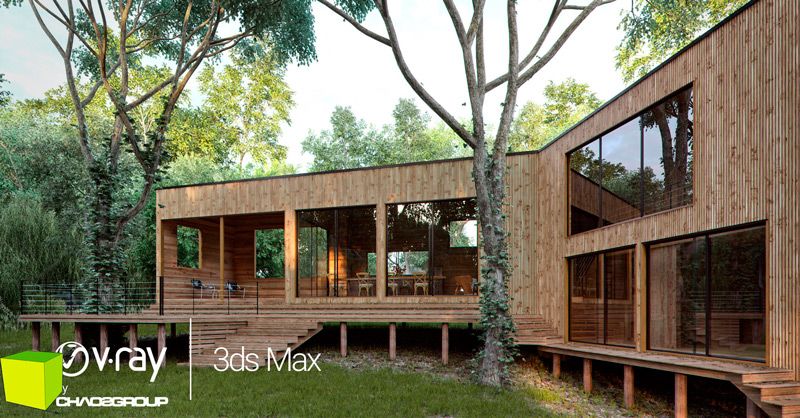

#VRAY 3DS MAX SUEDE MATERIAL TRIAL#
Next time to save yourself this kind of headache, trial your pipeline first. If you dont want to spend on a solution, your going to have to look into the differences between vray and unity and then write your own editor script to convert and import from one to another. You may have to wait for someone else to answer as I am not that profiecient with VRay, also doing this manually would be the main way I would rectify it as youve already raced ahead and caused yourself some problems, and writing some auto tool just to get you back to where you should be in terms of Vray unity will take similar if not longer amount of time than spending a day or two dragging in assets by hand and relinking materials. Its standard in any studio to trial the pipeline first, you dont leave this stuff till the end. Thats what we do, we export with specific naming convetions and then unity automatically hooks everything up, creates materials, sets texture import settings, creates prefabs etc all automatically.Ĭlick to expand.Well normally you would research this first? Why did you go and create hundreds of things before knowing if your pipeline works? Then you can write a custom importer / processor that can look for bits in names and auto hook them up. Most people tend to do texturing in a texturing app like substance painter anyway, which will output unity compatible versions easily and can convert easily This is because the unity shaders are different from the ones in most DCC programs, and each DCC will have its own shader. You need to create unity compatible versions of your maps and most likely bring them in manually. For more information, see the Importing Textures documentation."īut in general the textures are not going to all just come in automatically and perfectly from max or maya. This enables the Unity Editor to find the Textures and connect them to the generated Materials. " Note: You must store Textures in a folder called Textures, placed inside the Assetsįolder (next to the exported Mesh) within your Unity Project. Thats all that will import with it by default.

Materials with diffuse texture and color.Meshes with vertex colors, normals and one or two UV sets (see below).That way you’ll know how high you can go next time you do a swimming pool water. If you liked this, let me know – and we’ll do more of these.Īdding VFX to Architecture is the next step of ArchViz evolution!ĭon’t forget to play with caustics subdivisions – see how long it takes to render 25k caustics. Just think of a reference as your virtual guide to successful 3D render. Spending 5 minutes on research will increase your chances by 50% – you will know exactly how it looks and what you need to do in order to make it better. And the more I look the more new things I discover, things that I didn’t pick up at first glance. I do tend to look for a long time at the image, it helps me to remember the details better. You can always look at the picture and try to get the same colors – but it there is no picture to look at – then your swimming pool might not look as good as real photo – so make sure to follow your references and get as much as you can from analyzing them up close. Make sure to get some real photography to help you achieve photorealistic result.

Water material always has to be tweaked in order to match the colors of the scene environment! Here’s my VRay water material – you can play around with those settings:
#VRAY 3DS MAX SUEDE MATERIAL DOWNLOAD#
If you think this is cool you can download this scene here and check it out. I’ve spent some time playing around with VRay water caustics and Phoenix FD and this is what I’ve got:


 0 kommentar(er)
0 kommentar(er)
